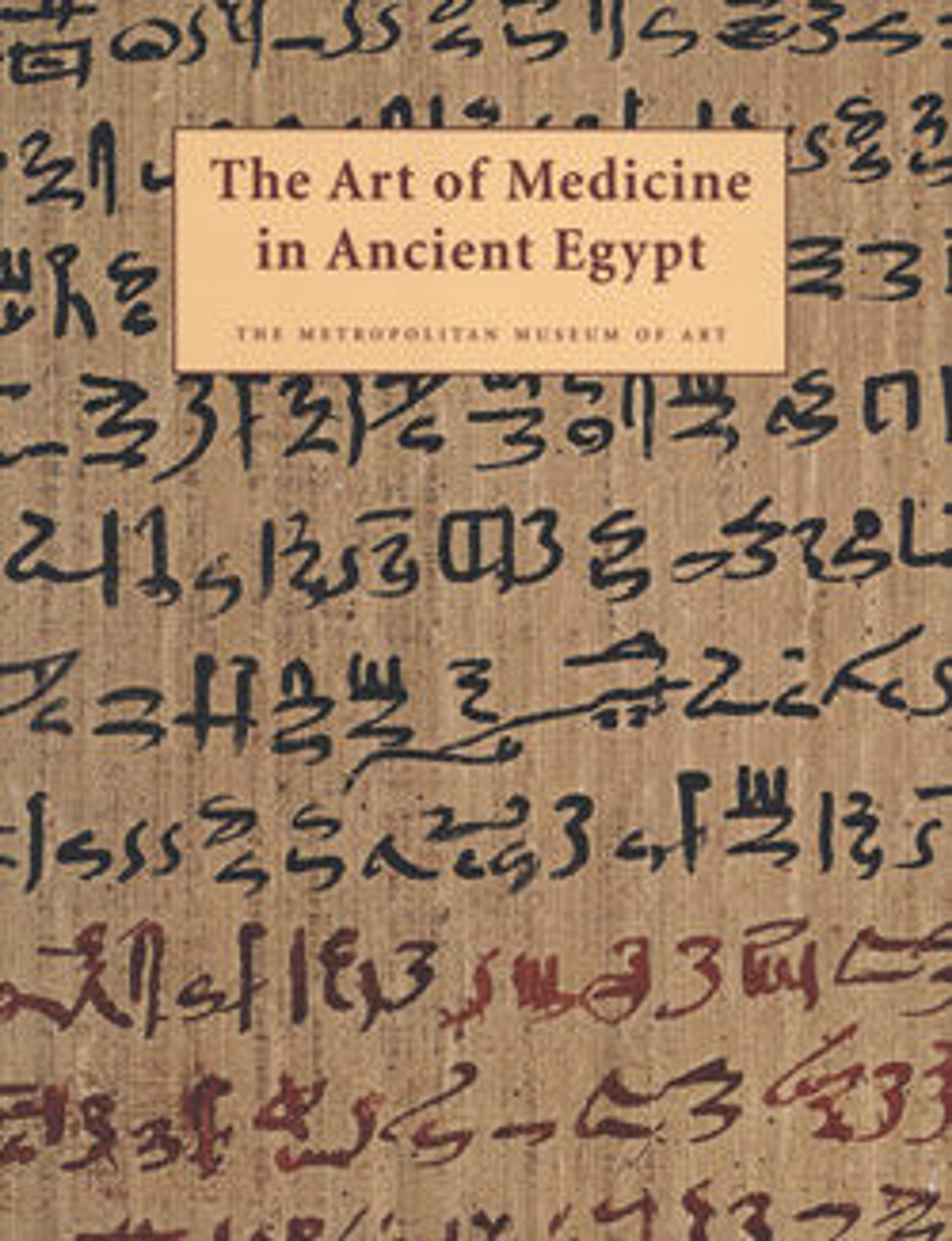Painted Wooden Coffin of Nesiamun
Discovered by the Metropolitan Museum during its 1922-23 excavations in Thebes, this coffin holds the remains of a man named Nesiamun. The inscription down the center of the lid is an offering prayer asking for food, incense, and other afterlife necessities. It identifies Nesiamun as the son of Bakenamun and Tahathor, but gives no clue to his occupation.
Artwork Details
- Title:Painted Wooden Coffin of Nesiamun
- Period:Third Intermediate Period
- Dynasty:Dynasty 25 (Kushite)
- Date:ca. 730–664 B.C.
- Geography:From Egypt, Upper Egypt, Thebes, Deir el-Bahri, Complex of Mentuhotep II, Court, south side, intrusive burial no. 3, MMA excavations, 1922–23
- Medium:Wood, paint, resin
- Dimensions:L. 196.5 cm (77 3/8 in.); W. 54 cm (21 1/4 in.); H. 43 cm (16 15/16 in.)
- Credit Line:Rogers Fund, 1926
- Object Number:26.3.11a, b
- Curatorial Department: Egyptian Art
More Artwork
Research Resources
The Met provides unparalleled resources for research and welcomes an international community of students and scholars. The Met's Open Access API is where creators and researchers can connect to the The Met collection. Open Access data and public domain images are available for unrestricted commercial and noncommercial use without permission or fee.
To request images under copyright and other restrictions, please use this Image Request form.
Feedback
We continue to research and examine historical and cultural context for objects in The Met collection. If you have comments or questions about this object record, please contact us using the form below. The Museum looks forward to receiving your comments.
